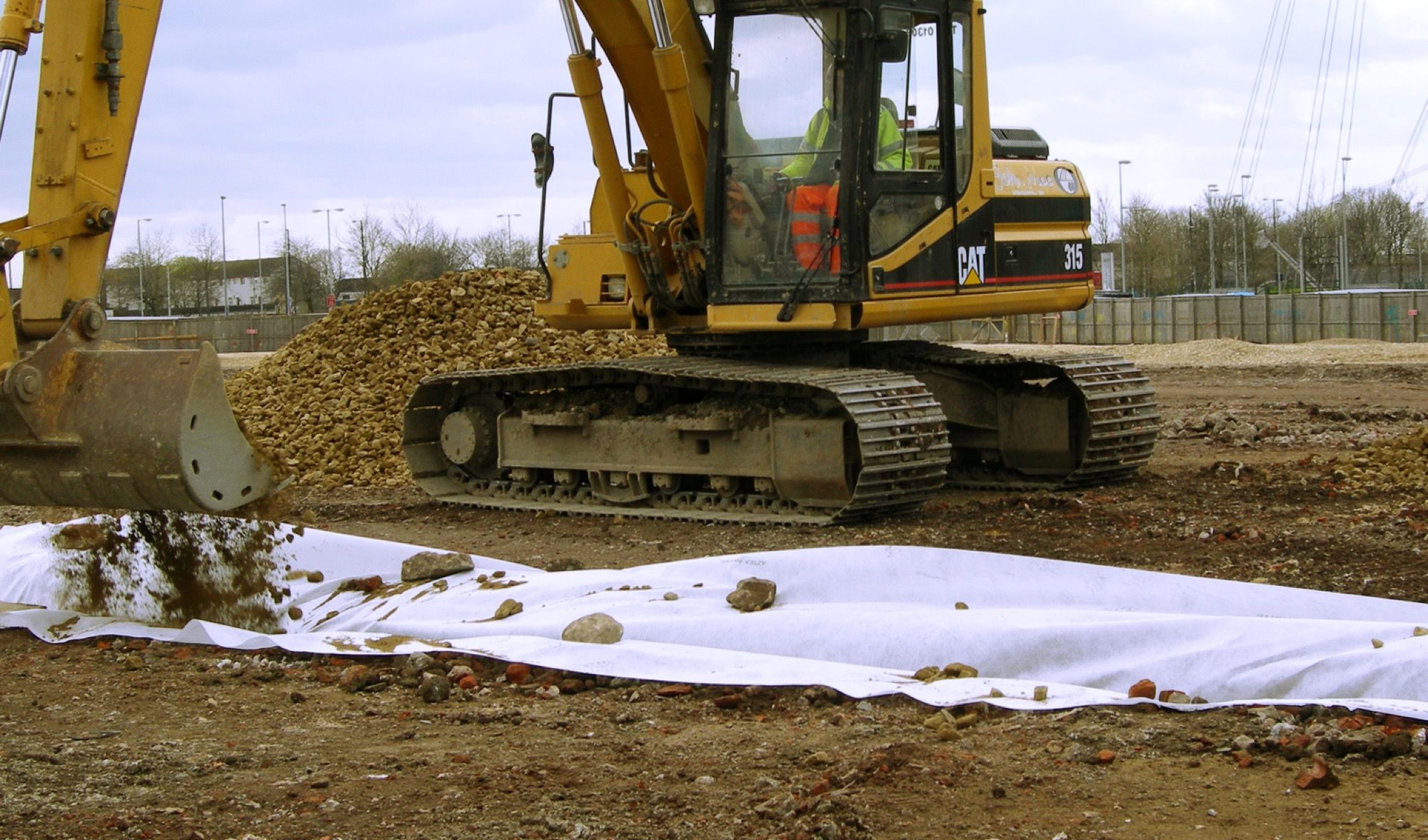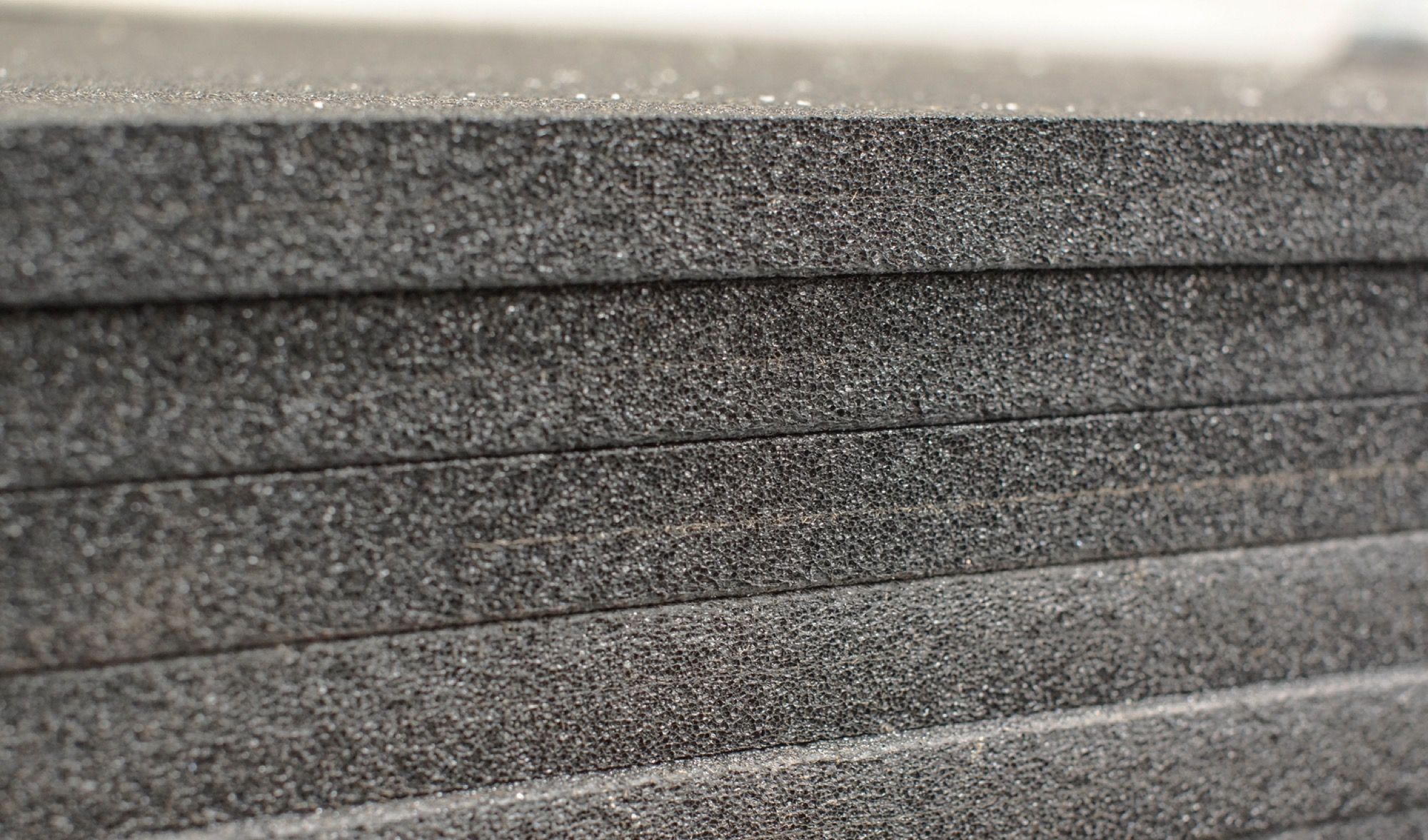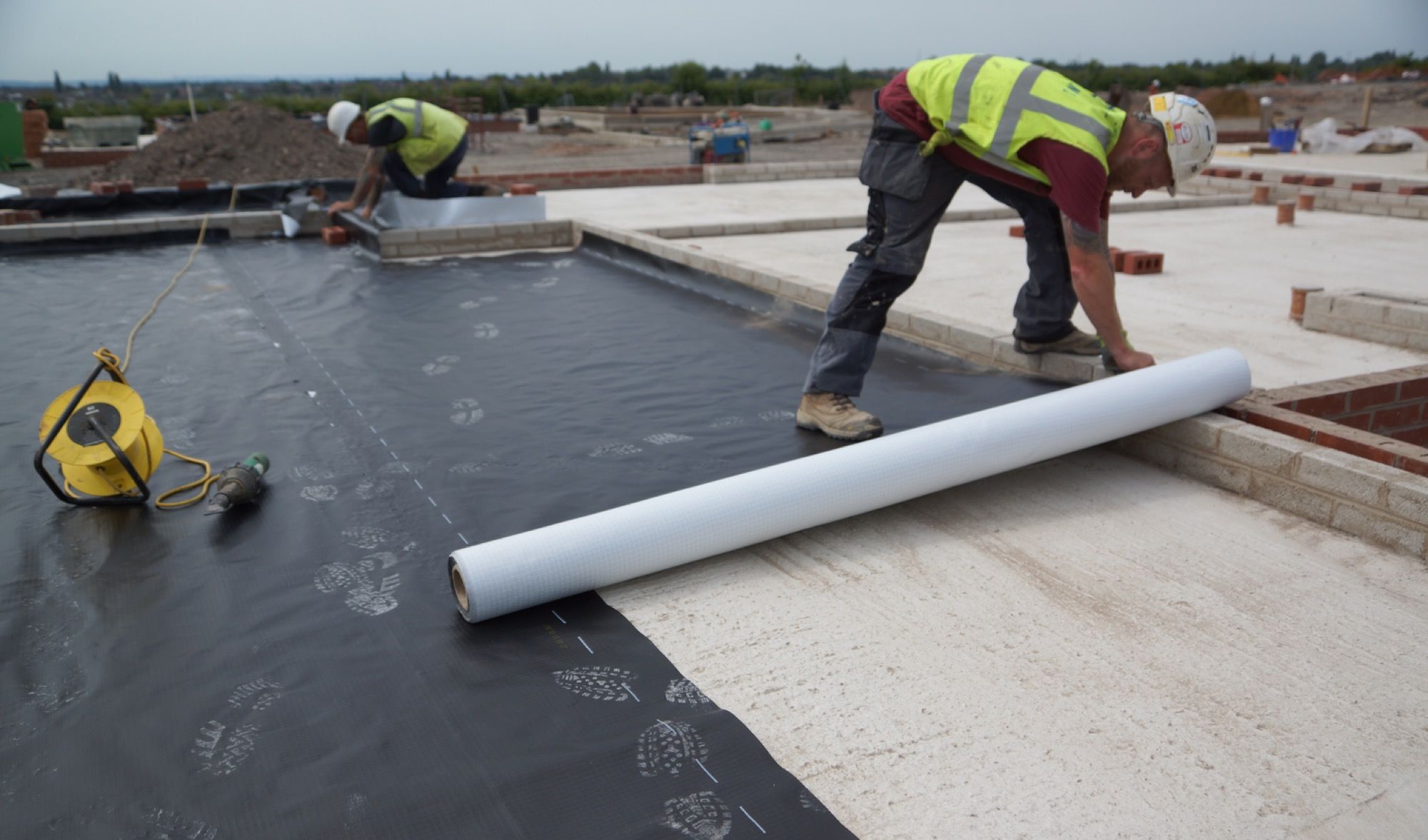





Cempatch Repair Concrete is supplied as a pre-blended, polymer modified, dry powder which when mixed with water is designed for application between 10mm to 50mm. Repairs greater than 50mm can be achieved by bulking out the repair concrete with clean, dry aggregate.
It is suitable for use in a wide range of industrial environments such as warehouses, food-processing plants, loading bays and is suitable for bridge deck repairs, pavement repairs, car parks decks and ramps.
Cempatch Repair Concrete is dimensionally stable and fast drying and can be overcoated with an epoxy, polyurethane or cementitious floor coating or topping within 6 hours after application. This will vary with site conditions.

Usage
Cempatch Repair Concrete is designed as a fast setting high strength patch repair concrete for use in repairs subjected to heavy traffic in both internal and external applications.
Materials Supplied
25 kg polythene-lined paper sacks.
Coverage
A 25 kg bag using 2.0 litres of clean water will yield approx. 11.5 litres.
A 25 kg pack of Cempatch Repair Concrete will cover approximately 0.6m² at 20mm thickness.
Storage
Protect from frost and store under dry warehouse conditions at a temperature between 10°C and 30°C.
Shelf Life
6 months in unopened bags and stored under good conditions.
REPAIR PREPARATION
Substrates should be mechanically prepared by wire brush, hammering, grit-blasting, steam cleaning etc., to produce a clean, aggregate exposed finish, free from contaminants that may prevent adhesion.
Edges must be cut back to a minimum depth of 10mm surrounding the repair to allow the repair area to be ‘toedin’.
At joint detail it is recommended that the substrate be cut back to a depth of around 25mm. Feather edging is not recommended and should be avoided.
Any exposed steel should be completely uncovered and abraded to a bright finish (SA 2½) after removing any rust scale or corrosion products. Where corrosion has occurred due to chloride attack the steel should be high pressure washed and grit blasted. Cempatch Primer may be used to coat any reinforcement, especially if this may be left exposed for some time.
The temperature of the repair area must be maintained above 5°C throughout the application and drying of Cempatch Repair Concrete.
PRIMING
Priming is not required. However, to ensure satisfactory bonding to the substrate, the prepared surface should be dampened down to minimise suction. Ensure that the surface is in a saturated surface dry condition prior to application of Cempatch Repair Concrete.
MIXING
Cempatch Repair Concrete should be mixed using a forced action mixer such as a Creteangle. Slowly add the contents of a 25 kg bag to 2.0 – 2.5 litres of clean potable water depending on consistency required and mix for approximately 2-3 minutes. Cempatch Repair Concrete has a working time of 15-20 minutes.
Cempatch Repair Concrete can be bulked out with clean, dry aggregate for repairs, which exceed 50mm depth. It is recommended that a 25 kg bag of aggregate be added to 1 bag of Cempatch Repair Concrete.
The addition of extra water would not be required for the above mix.
APPLICATION
Apply the mixed Cempatch Repair Concrete to the repair ensuring good compaction to the pre-dampened substrate. Fill and level up to existing profile of the surrounding concrete using a float or trowel.
If a stiffer consistency is preferred, ensure that mixed material is pre-worked into the substrate using a stiff brush before pouring the material into the repair.
CLEANING
Wash tools with water immediately after use.
CURING
Once Cempatch Repair Concrete has achieved final set (after approximately 30 minutes) use appropriate curing methods such as Setseal 6 curing membrane or polythene sheeting.
PRECAUTIONS
Do not place when the substrate temperature is below 5°C or when the ambient temperature is 10°C and falling.
Protect from frost
Do not exceed the maximum recommended water content of 2.5 litres per 25 kg bag and only use clean potable water.
HEALTH AND SAFETY
Cempatch Repair Concrete contains cement, which is alkaline and may cause skin irritation. Please refer to the relevant Health and Safety Data Sheet for detailed information.
GENERAL GUIDANCE
This data sheet is for general guidance purposes only and may contain information that is inappropriate for certain conditions of use. Accordingly, all recommendations and suggestions are made without guarantee. Further information is available from our Technical Department.
| Working time | 15 – 20 minutes |
| Setting time @ 20°C | 30 minutes |
| Density (kg/m3) | 2350 |
| Compressive strength (N/mm²) EN 13892-2 2 hours 1 Day 7 Days 28 Days |
> 20.0
> 45.0
> 55.0
> 65.0
|
| Compressive strength (N/mm²) EN 13892-2 2 hours 1 Day 7 Days 28 Days |
> 2.0
> 6.0
> 8.0
>10.0
|
| Consumption per mm thickness | 2.18 kg/m2/mm |
| Bond strength to concrete (N/mm²) | > 1.5 |